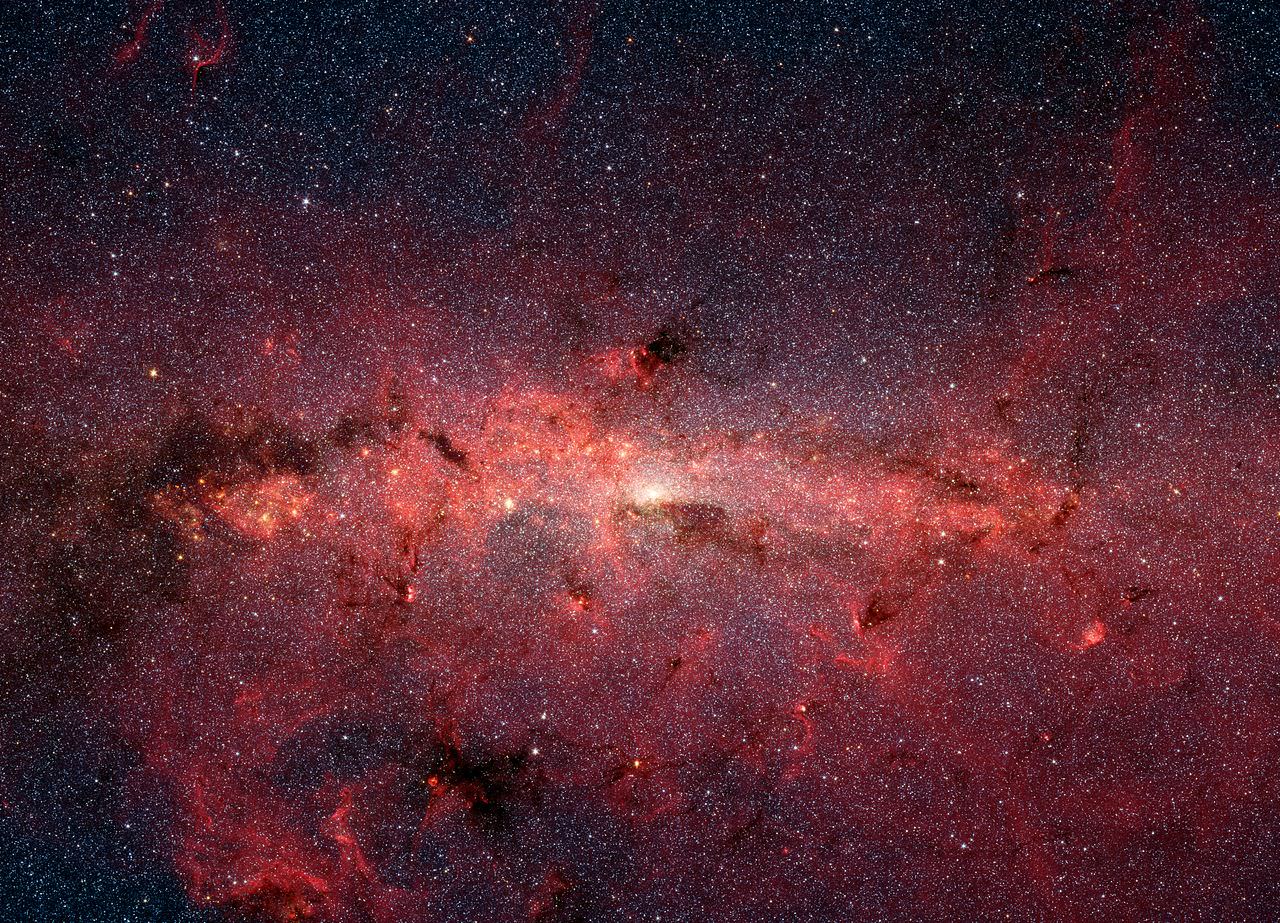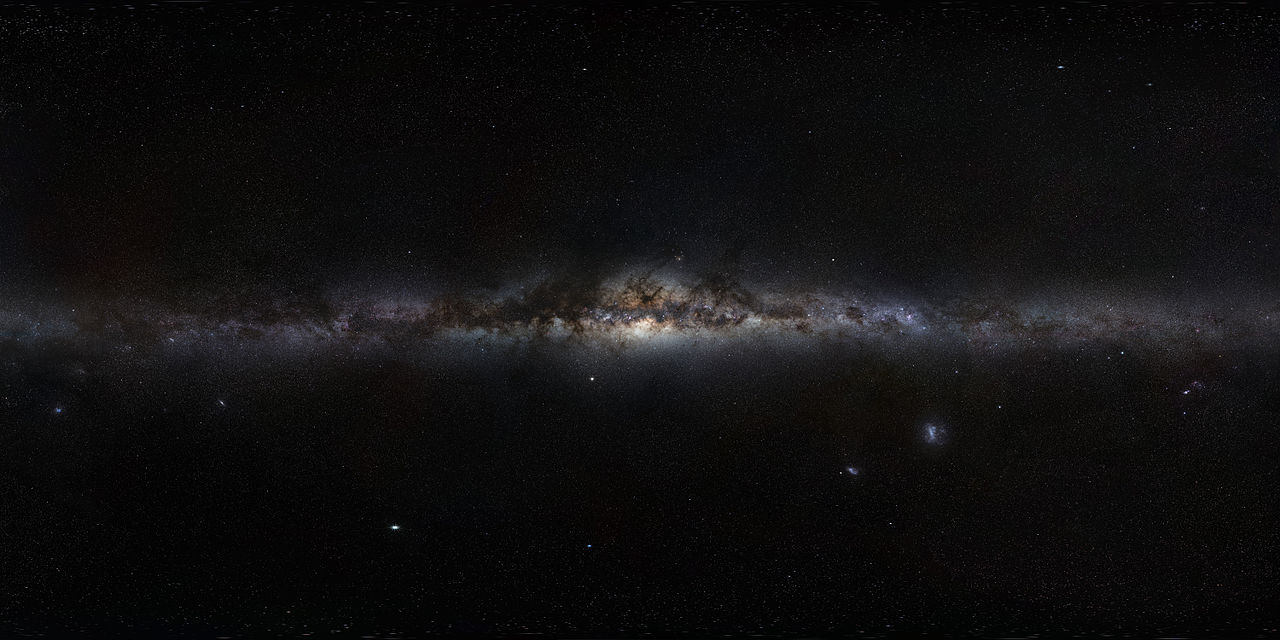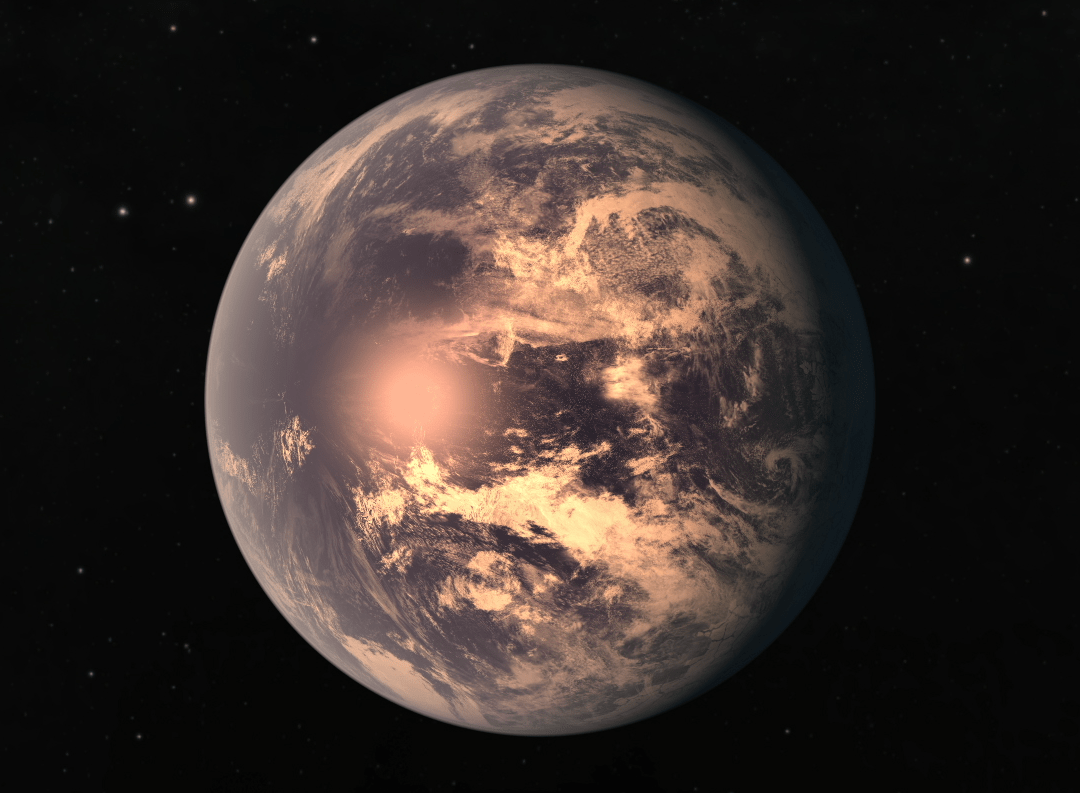In the past three decades, the field of extrasolar planet studies has advanced by leaps and bounds. To date, 4,903 extrasolar planets have been confirmed in 3,677 planetary systems, with another 8,414 candidates awaiting confirmation. The diverse nature of these planets, ranging from Super-Jupiters and Super-Earths to Mini-Neptunes and Water Worlds, has raised many questions about the nature of planet formation and evolution. A rather important question is the role and commonality of natural satellites, aka. “exomoons.”
Given the number of moons in the Solar System, it is entirely reasonable to assume that moons are ubiquitous in our galaxy. Unfortunately, despite thousands of know exoplanets, there are still no confirmed exomoons available for study. But thanks to Columbia University’s Professor David Kipping and an international team of astronomers, that may have changed. In a recent NASA-supported study, Kipping and his colleagues report on the possible discovery of an exomoon they found while examining data from the Kepler Space Telescope.
Continue reading “A Moon Might Have Been Found Orbiting an Exoplanet”



